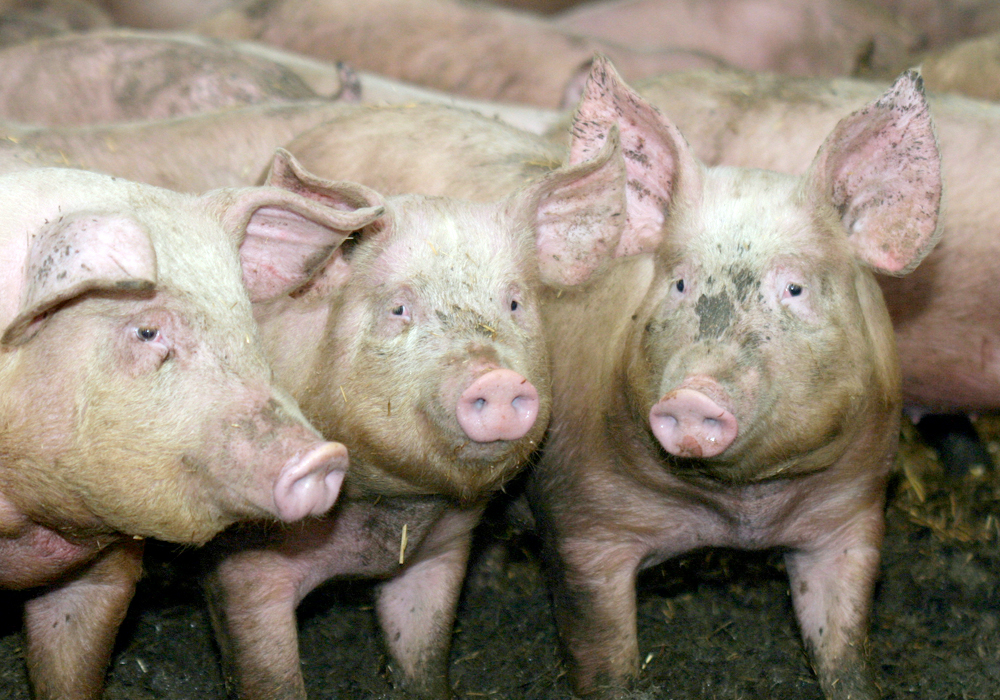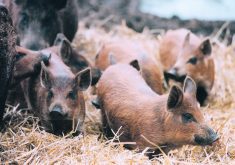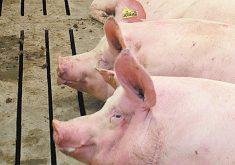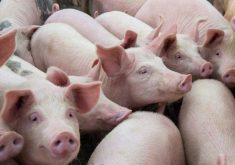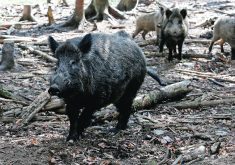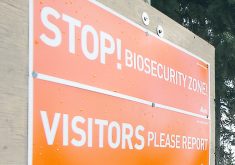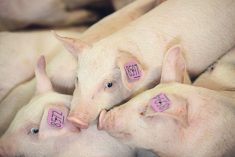The $23 million federal program is intended to help hog industry keep out African swine fever and manage it if it does
A $23 million federal program intended to help keep African swine fever from entering Canada and manage it if it does arrive is open for applications.
The ASF Industry Preparedness Program is part of more than $45 million in funding announced in August that will also see nearly $20 million invested in the Canadian Food Inspection Agency to build preparedness and prevention capabilities.
“(ASF) is one of the most dangerous threats to our industry,” said Sask Pork general manager Mark Ferguson. “The experience of countries that have become infected with African swine fever is they are not able to export any more. It’s devastating to any hog industry to any country that gets the disease.
Read Also

More factors affecting winter weather
When you combine a weak La Niña, early Siberian snow, and a warm northern Pacific, it’s easy to see why long-range winter forecasting is so complex.
“These programs that have been announced will help with Canada’s prevention and preparedness.”
Eligible applicants include academic institutions, associations, Indigenous groups and both municipal and provincial governments.
Ferguson said Sask Pork is beginning discussions with the province and hog producers as to where the funding would be put to its best use.
One risk the industry must tackle if ASF is found in Canadian hogs is what to do with surplus capacity.
“When you export 70 percent of your production, if that gets turned off tomorrow, you’re going to have extra animals on the ground that potentially aren’t going to have a market,” said Ferguson. “Managing that surplus of animals whether you have excess to what the market needs for a month or two — it could be six — managing that, making sure you have plans on-farm, equipment in place on-farm and potentially some of our processing facilities, that’s going to be a potential use of the funding.”
The threat also exists that the disease could be spread through feral hog populations, said Charlotte Shipp, Alberta Pork’s industry programs manager.
Shipp said she hopes rural municipalities will be able to access funds to combat feral pig populations, building on current efforts.
“The more wholesale eradication teams we can get on the ground is what we need,” she said. “The cost of set up of that is very capital intensive.”
Alberta’s current eradication teams are a joint initiative with the provincial government but the federal funding could allow rural municipalities to set up their own teams, traps and surveillance networks, said Shipp.
“Certainly, in the counties where we do have a strong wild boar presence there is a strong willingness for the counties to pick up that approach,” she said.
Another aspect of being prepared on a national level is ensuring the border stays open or that any closure due to a positive case is minimized. That includes establishing infection zones to isolate cases to a single region that could limit export restricted areas, said Ferguson.
In addition, more than $2 million will be dedicated to enhancing border control aimed at preventing entry of high-risk pork products.


